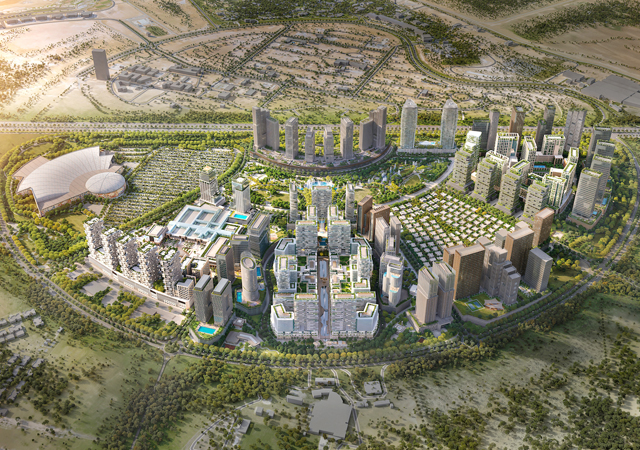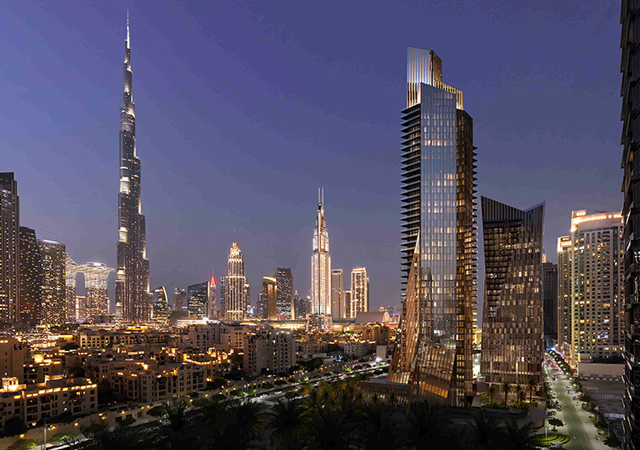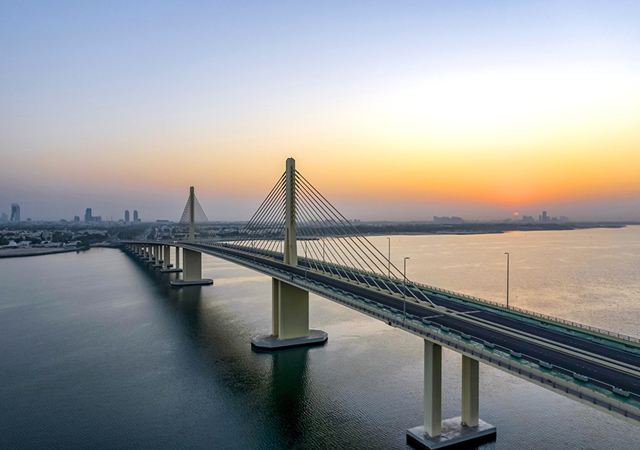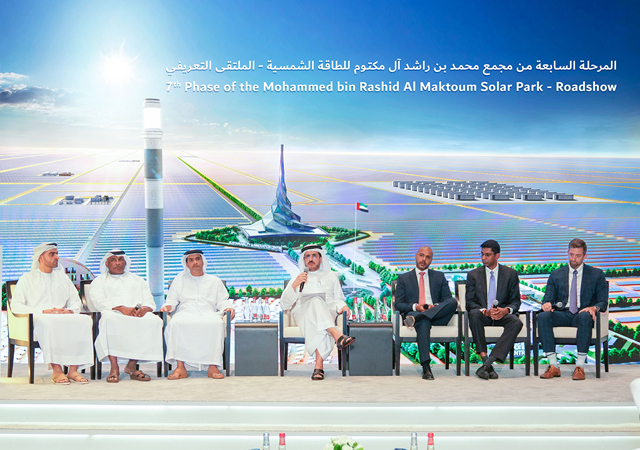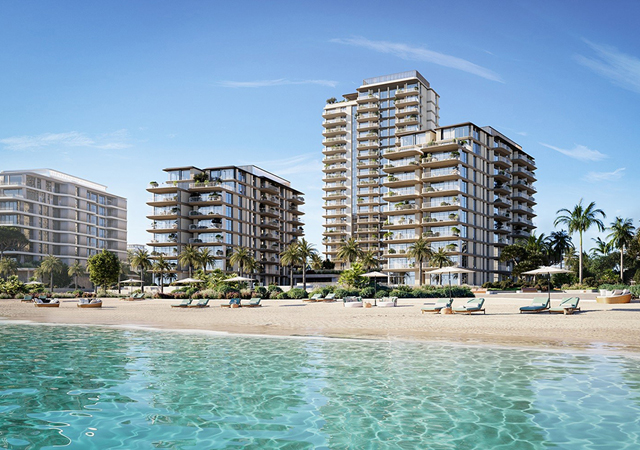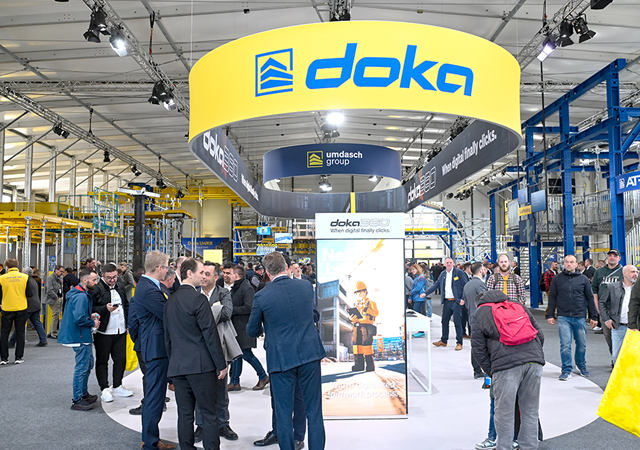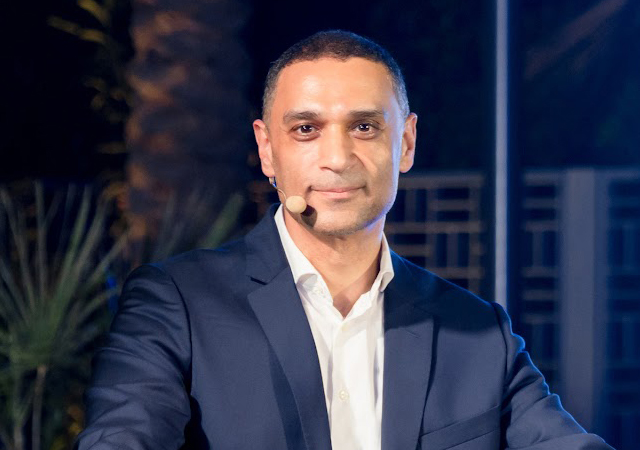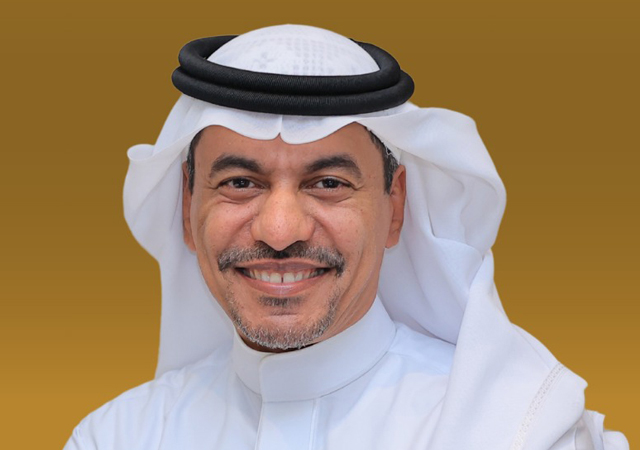
 Adnec ... fast emerging as a first-class MICE venue.
Adnec ... fast emerging as a first-class MICE venue.
Some 60,000 sq m of Kalzip is currently being installed for Phase Two expansion of the Abu Dhabi National Exhibition Centre (Adnec), which is one of the world’s most modern exhibition centres.
This boosts the already impressive figure of more than 100,000-plus sq m of Kalzip supplied to various projects in Abu Dhabi in the past years, including buildings such as the Abu Dhabi Airport (restaurant and the cargo complex buildings), Al Jazeera Stadium Gymnasium and the Sports Studios for EBC, according to a spokesperson of Kalzip, which is part of the Corus Group.
The Adnec project, which is scheduled for completion in Autumn, is following a dynamic regional expansion strategy with the aim of catalysing the meetings, incentives, conferences and exhibitions (MICE) industry throughout the Middle East.
Situated close to the airport, and at the heart of a new 148,000 sq m business and leisure district known as Capital Centre, Adnec is emerging as a first-class MICE venue. Phase Two development of Adnec, being implemented at a cost of Dh580 million ($158 million), will see this flagship venue double in size to become the Middle East’s largest purpose-built exhibition centre with more than 55,000 sq m of interconnecting floor space.
During this phase, the centre’s highly distinctive U-shaped design will be finally achieved. Work includes the construction of five additional exhibition halls (bringing the total to 12 halls), a multipurpose hall with state-of-the-art retractable and reconfigurable seating for 5,000 people, 15 meeting rooms and two multi-storey car-parks providing space for 8,000 vehicles. Also included in Phase Two of the development is the completion of the visitor concourse, which by then will have grown to 180,000 sq m, making it the largest air-conditioned exhibition concourse in the world. The final Phase Three of the Adnec project, involving the construction of an iconic 35-storey feature tower, is scheduled for completion in 2009.
Phase Two work is being carried out by the contractor Hoesch Contecna, which is using Kalzip for the roofing and cladding works. The impressive structure has been designed for Adnec by RMJM Dubai, part of the international RMJM firm of architects.
Commenting on the potential for Kalzip offered by the Abu Dhabi market, the spokesperson says, “With an ultra-modern infrastructure and free-flowing transport network which befits its status as the capital, economic trading and political hub of the UAE, Abu Dhabi perfectly combines its role as a rapidly expanding international business city, cultural centre and tourist destination. The importance of Abu Dhabi is naturally reflected in the emirate’s demand for any imaginatively-designed, high-quality new buildings.
“In fact, Abu Dhabi’s desire for environmentally-friendly, sustainable buildings of stunning appearance can easily be satisfied by using the Kalzip aluminium standing seam roofing and cladding system. Kalzip is an ideal product for use in the construction industry because it is flexible, strong and durable, and yet lightweight. Kalzip is the preferred choice of many internationally-renowned architects who appreciate the system’s creativity and adaptability, enabling them to create an amazing variety of visually exciting and stunning structures as can already be seen all around the world.”
Kalzip is being continually developed and innovated to achieve the most exacting building performance requirements, according to the spokesperson. “The challenge of continually pushing the boundaries of modern construction has inspired Kalzip’s staff, working closely with architects, contractors and clients, to discover increasingly creative solutions for innovative new building designs and spectacular expressions of architecture,” he adds.
Recent Kalzip innovations include two solar solutions that provide renewable energy – AluPlusSolar a roof integrated PV-system and SolarClad, a retrofit-system for existing standing seam roof.
Kalzip AluPlusSolar is a fully-integrated photovoltaic envelope product, which utilises photovoltaic laminates that are factory-bonded directly onto the outer surface of the exterior Kalzip sheets.
Kalzip SolarClad comprises a photovoltaic system that is bonded onto aluminium carrier plates, which are then installed onto the Kalzip standing seam roof system. SolarClad can be used for new building projects and fitted retrospectively onto existing Kalzip roofs. The power generated from these versatile envelope-based solar systems can be used for water-heating, air-conditioning and thermal control purposes – for heating buildings in cool climates and cooling buildings in warm climates such as Abu Dhabi.
Another area where Kalzip has made progress is in sound insulation. “Improved acoustic performance can be achieved with Kalzip by employing sound reduction and/or absorption techniques. This is done by incorporating various layers of other materials such as high-density insulation, acoustic boards and flexible membranes into the Kalzip roof construction. Sound reduction can also be improved by installing perforated metal liner sheets with a ‘soft’ absorbing material behind,” he says.
Another innovation is a new 3-D-rollform technology for manufacturing Kalzip XT profiled sheets, which enables the planner to visualise and create biomorphic buildings, heralding the advent of a new architectural era, says the spokesman.
“Even more malleable, pliable, foldable and flexible, Kalzip XT profiled sheets now make it possible to transform 3D computer-generated designs and structural principles into reality by enabling ellipses, cones, semi-spheres, prisms, pyramids and classic geometric shapes to be incorporated into exciting new styles of building envelopes,” the spokesperson says.
Besides standard straight sheets, Kalzip can be supplied in tapered, convex/concave curved and hyperbolically curved sheets, which allows architects the freedom to design a vast array of imaginative building structures, he adds.
Kalzip is commonly installed in long lengths, however when required, continuous sheet lengths of more than 150 m can be supplied by using mobile roll-formers on-site.
Kalzip standing seam sheets are available as standard in sea-water resistant aluminium with a stucco-embossed and pre-weathered finish in thicknesses from 0.8 mm to 1.2 mm to suit the specifiers’ requirements.
“It can also be supplied in a myriad of colours and finishes to enhance the appearance of any building. With three standard pre-coated systems together with zinc, and special matt patina, virtually any effect is attainable with Kalzip,” says the spokesman.
A comprehensive range of high-quality Kalzip components and accessories is also available, including roof liners, structural, liner-decks and acoustic systems, thermal insulation, vapour control layers, fall-arrest systems as well as many standard and bespoke flashings and fabrications to complete the building envelope and satisfy any aesthetic design requirement, the spokesman concludes.


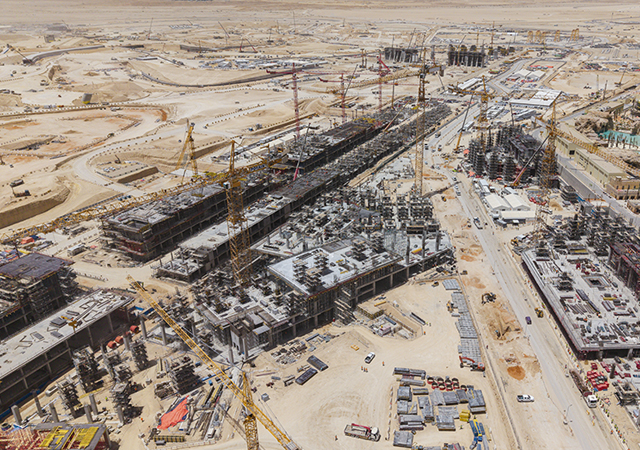
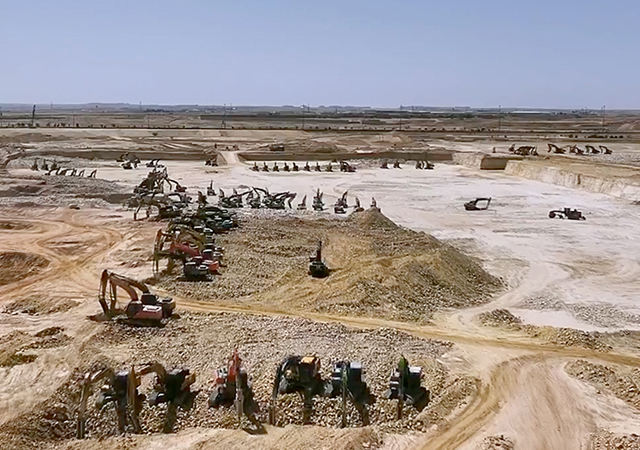
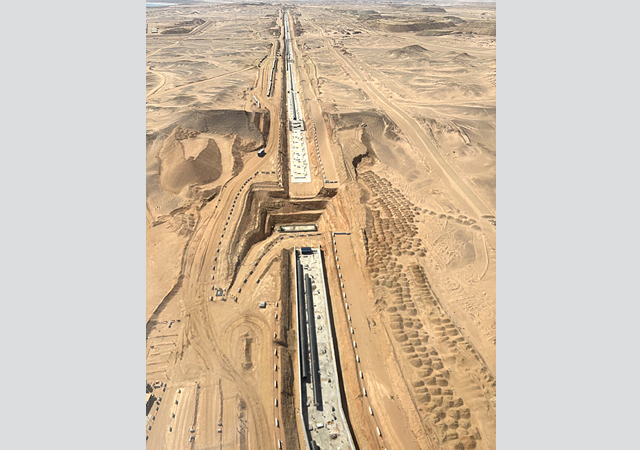
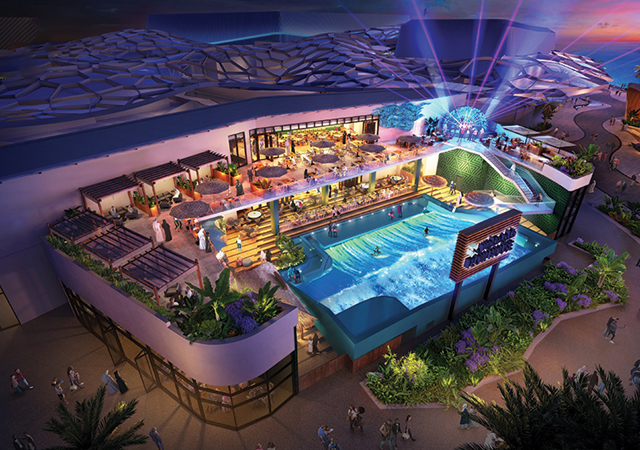
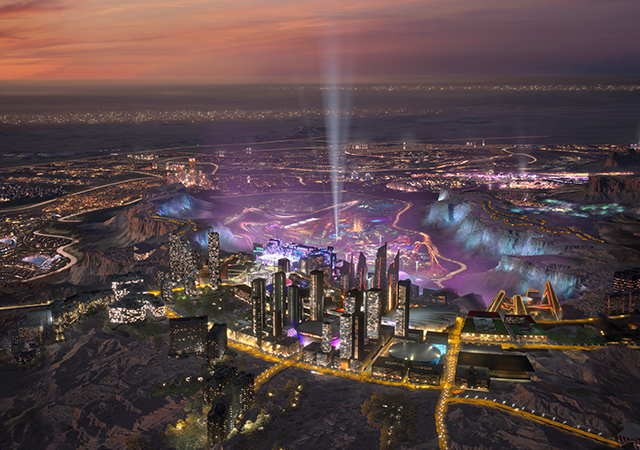
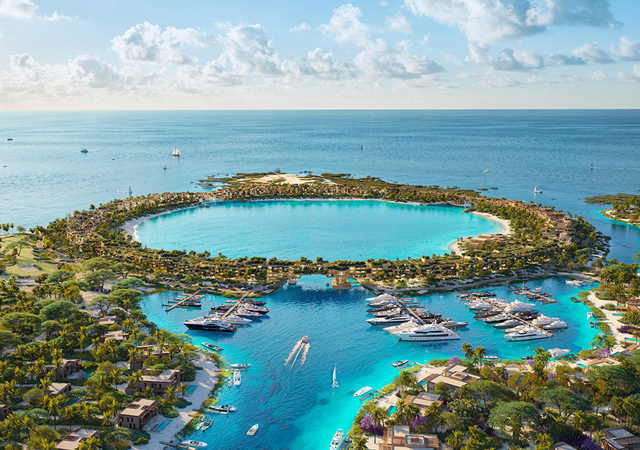
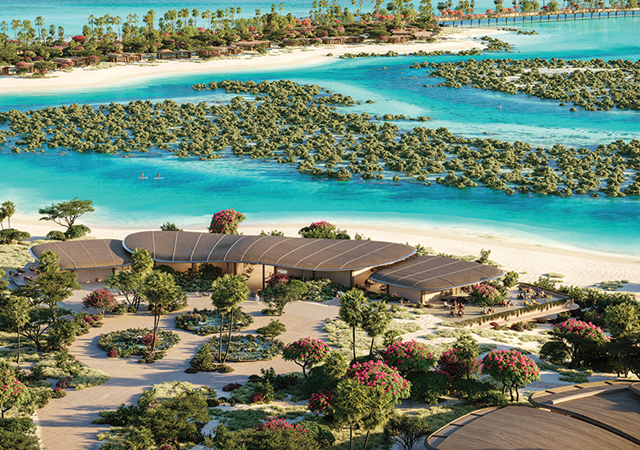
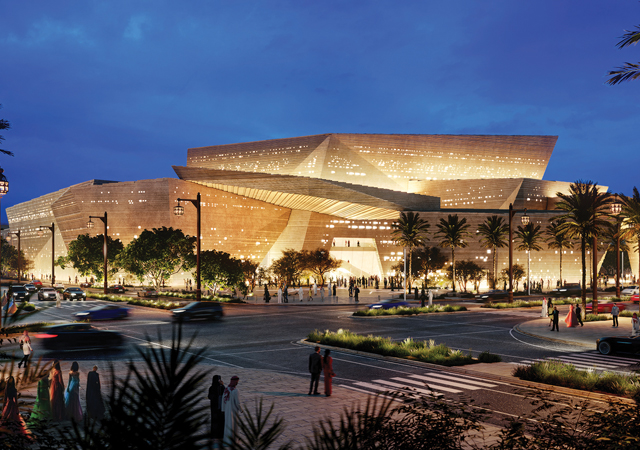
 BIG.jpg)
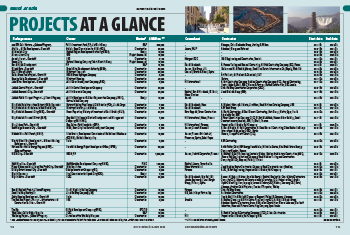
.jpg)
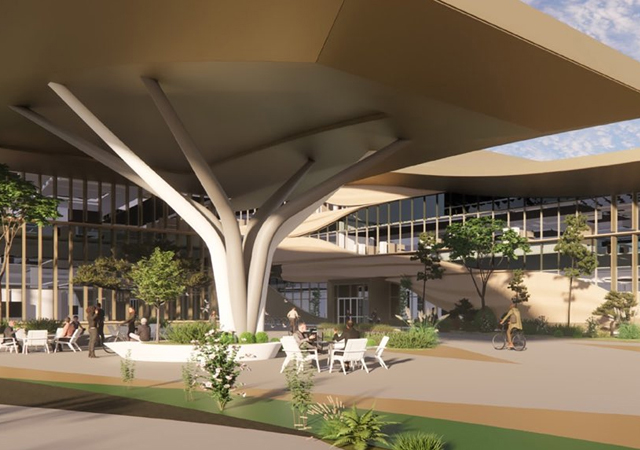
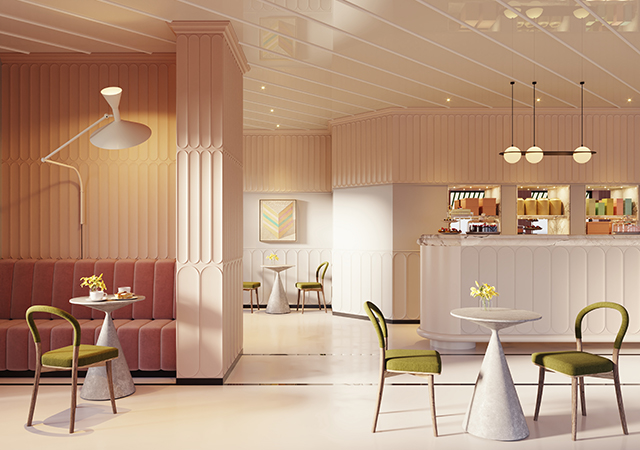
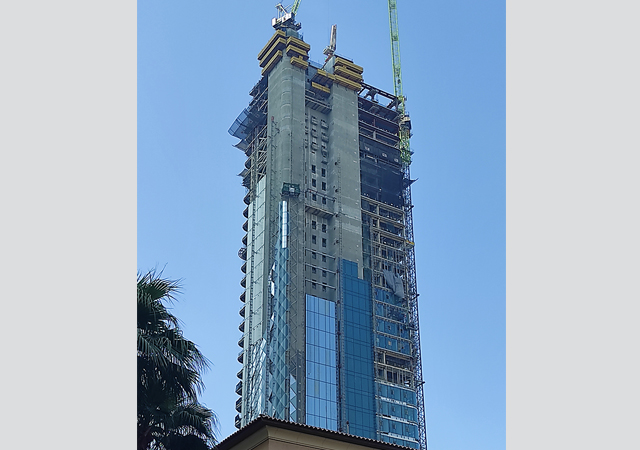
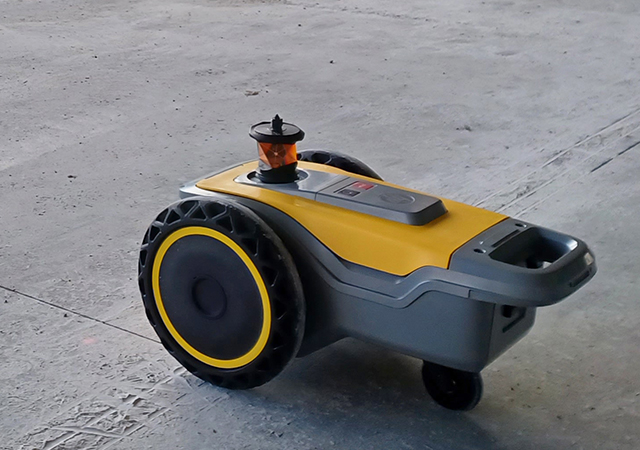
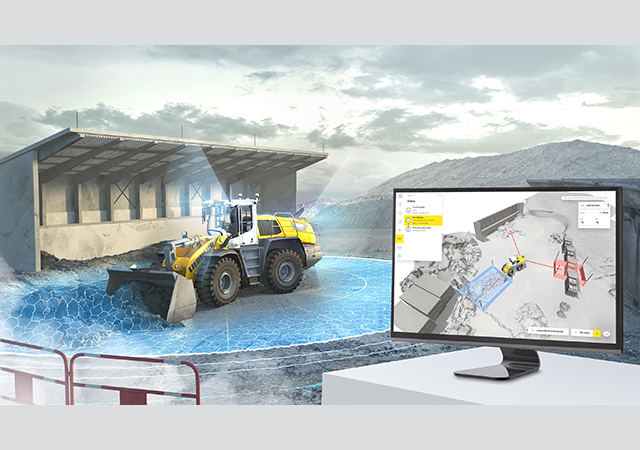
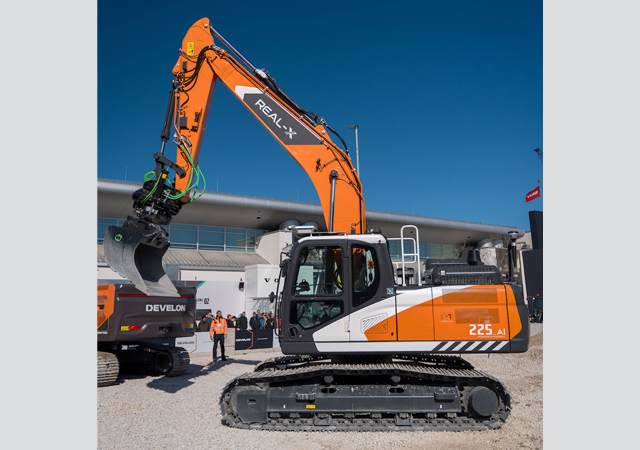
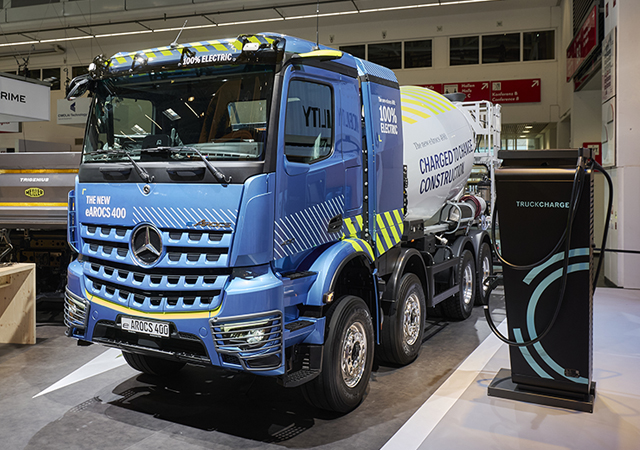

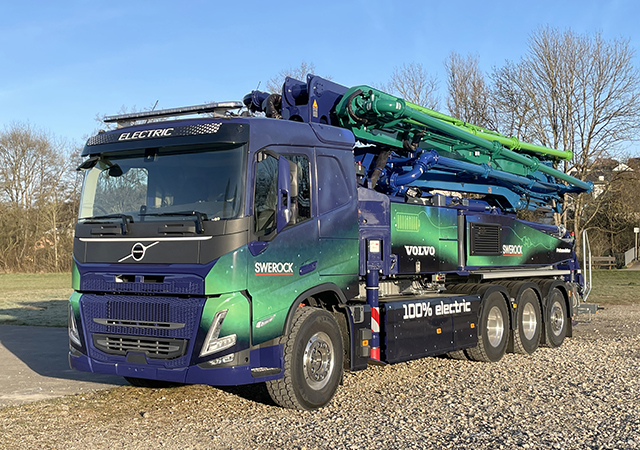

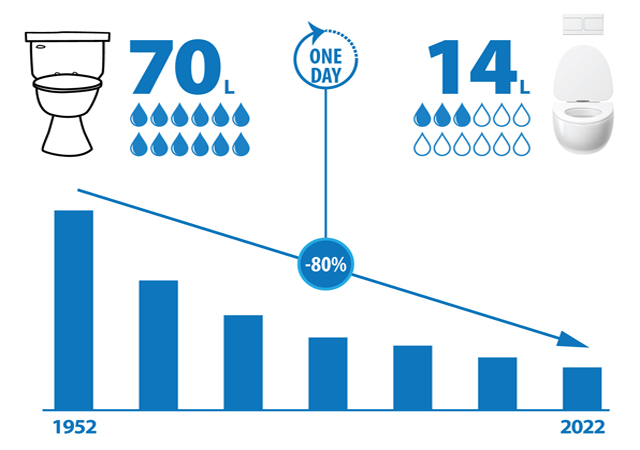

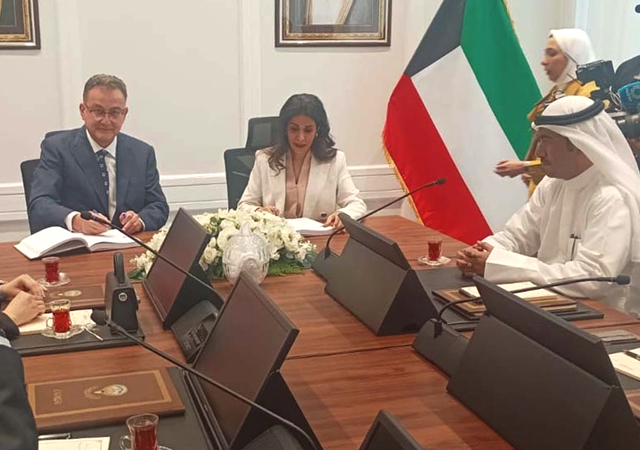
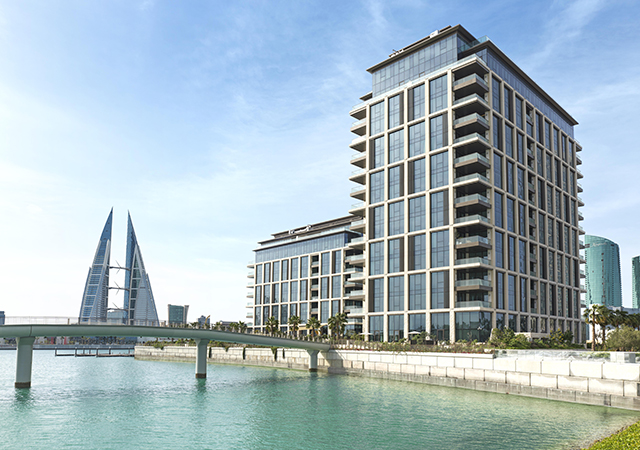
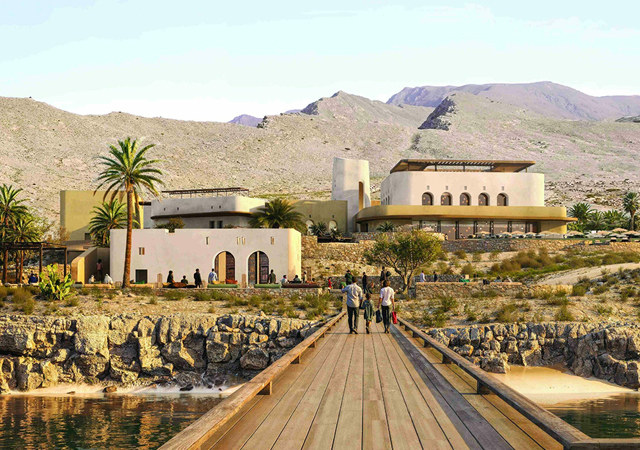
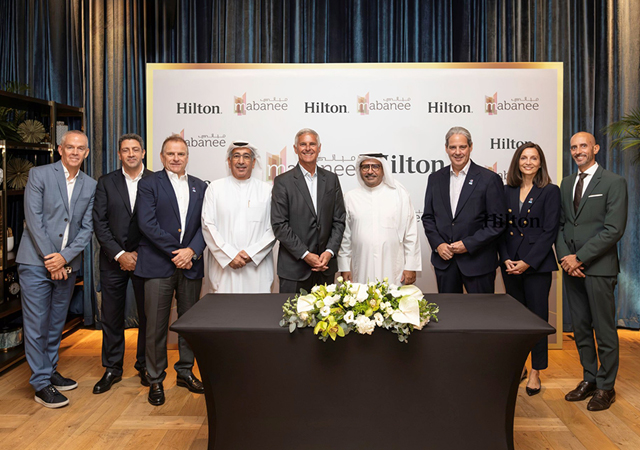

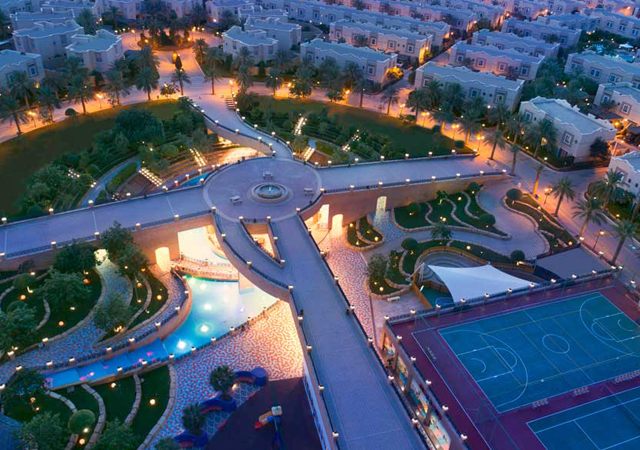
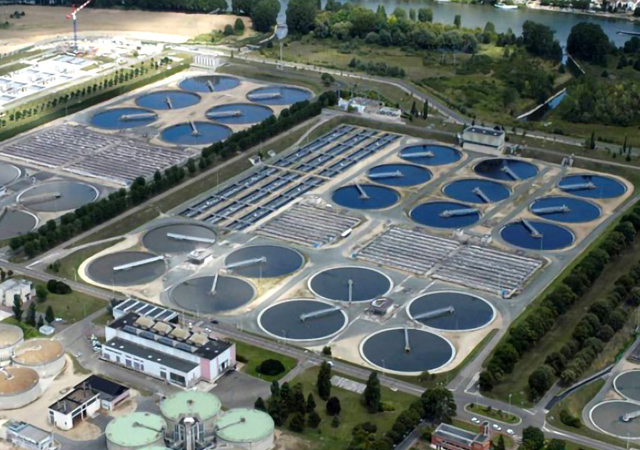
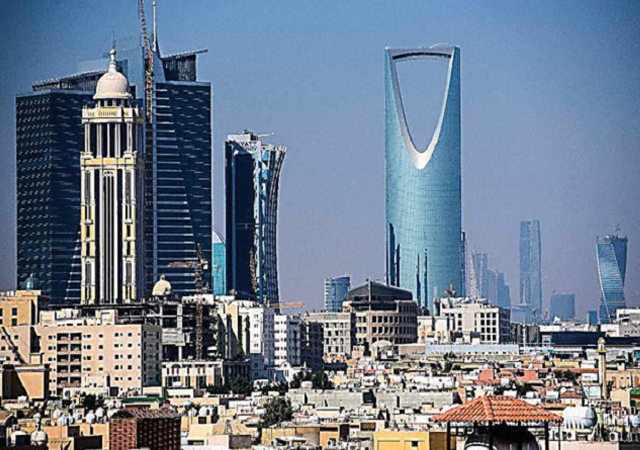
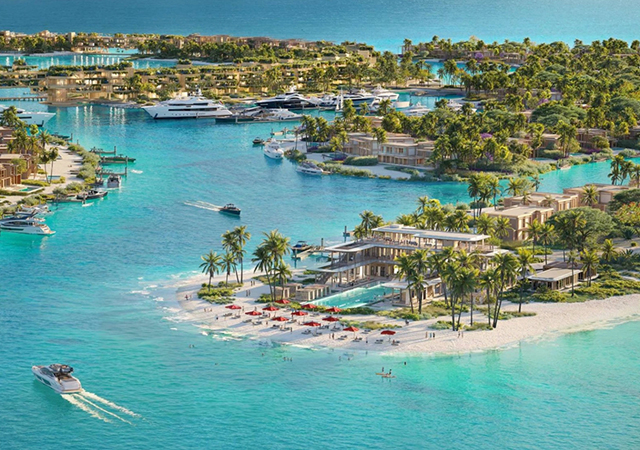
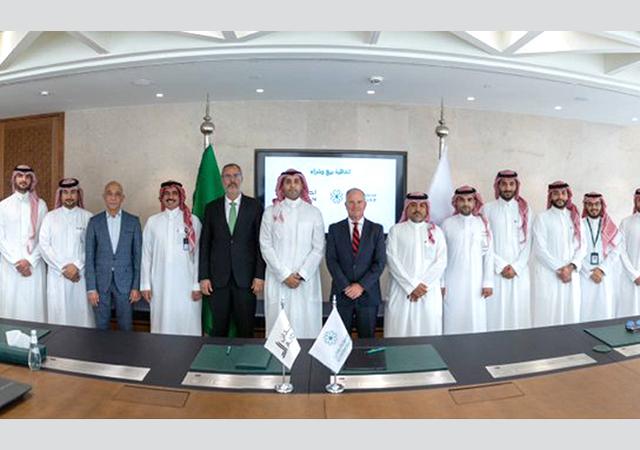
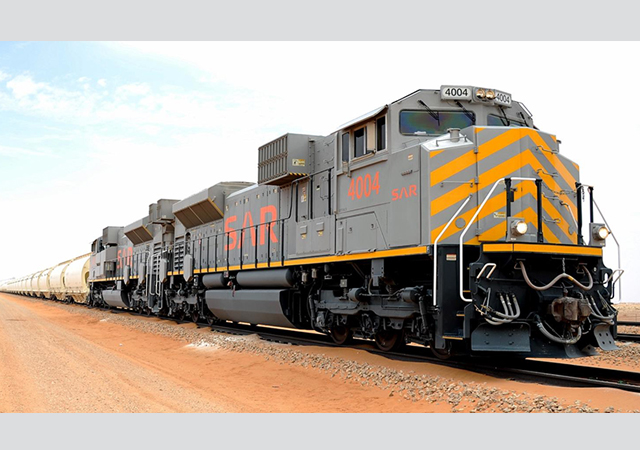
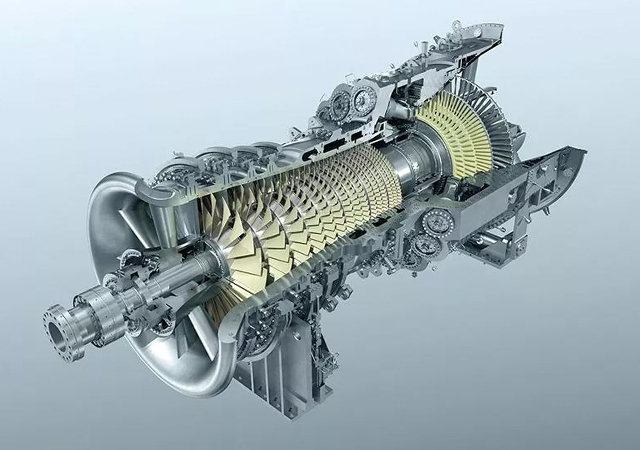
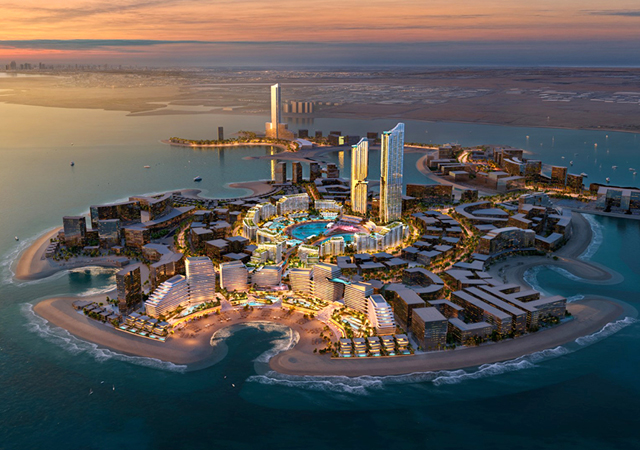
.jpg)
